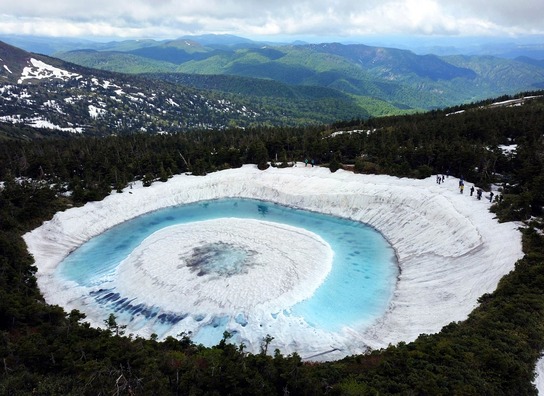
There are places in the world that don’t just show you nature—they tell you stories. And then there’s Lake Mashū, a mystical caldera lake nestled in the mountains of Hokkaido, Japan. Known for its mirror-like waters and often shrouded in fog, Mashū is mysterious on any given day. But once a year, it unveils something truly otherworldly: the Dragon Eye.
This rare natural phenomenon occurs in late spring when ice begins to melt on the lake’s surface, revealing a formation that looks exactly like a reptilian eye staring up at the sky. Locals say it’s the eye of a sleeping dragon. Scientists say it’s all about the ice, wind, and water currents. We say: why not both?
What Is the Dragon Eye?
Lake Mashū is a crater lake formed from a volcanic eruption over 30,000 years ago. With no rivers flowing in or out, the water remains incredibly pure—and still. During winter, the surface freezes into a solid white sheet. But come late May or early June, things get interesting.
As temperatures rise, the central part of the lake begins to thaw faster than the edges. Combined with swirling wind patterns, a circular opening forms at the center of the ice. Around it, a darker ring of melting ice begins to form. The result? A perfect circle within a circle—one blue, one white. A cosmic pupil surrounded by a snowy iris.
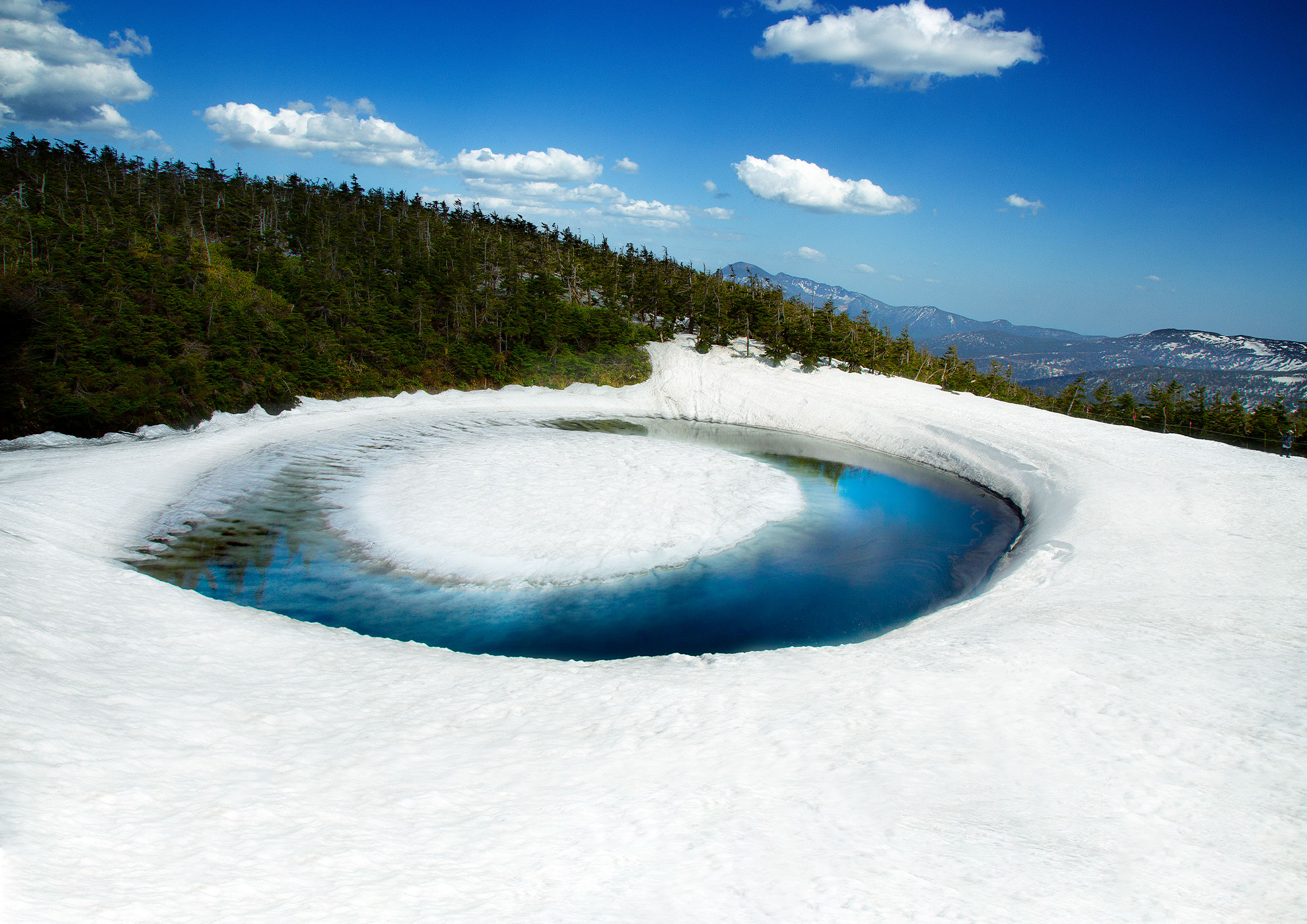
Rare, Fleeting, and Completely Natural
One of the most magical aspects of the Dragon Eye is how elusive it is. The “eye” only appears for a few days each year—sometimes just hours—depending on temperature, sunlight, wind, and cloud cover. Blink, and you might miss it. Literally.
Because Lake Mashū is often covered in dense fog (locals call it “Mashū’s veil”), spotting the phenomenon requires patience and luck. But when the sky clears and the Dragon Eye reveals itself, it’s easy to understand why this sight has captivated minds for generations.
The Legend of the Sleeping Dragon
According to Ainu folklore—the indigenous people of Hokkaido—the lake is inhabited by a dragon spirit that protects the surrounding forest. When the Dragon Eye appears, it is said to be the spirit opening its eye to check on the balance of nature. If the world is in disharmony, the dragon might awaken. So far, it’s stayed asleep—but that stare? It's unforgettable.
How to See It
- When: Late May to early June. This is the only time of year the Dragon Eye may appear.
- Where: The best views are from Observatory No. 1 in Akan Mashu National Park. Be prepared for steep climbs and chilly winds.
- What to Bring: A camera with a zoom lens, warm clothes, and lots of patience. Binoculars help too.
- Pro Tip: Early mornings offer the clearest skies and fewer crowds.

More Than Just a Lake
Even if you miss the Dragon Eye, Lake Mashū is worth the journey. It’s widely considered one of the clearest lakes in the world, with visibility often exceeding 20 meters deep. And because there are no boats, swimmers, or fishing allowed, the lake remains pristine—a glassy, untouched mirror of the sky.
In summer, the surrounding park blooms with alpine flowers. In autumn, crimson leaves set the mountains ablaze. In winter, snow turns the entire region into a white, hushed dreamscape. Lake Mashū doesn’t just deliver on its mysterious eye—it’s a four-season wonderland.
A Hidden Wonder Worth Chasing
The Dragon Eye isn’t the kind of destination you can plan around with precision. It requires spontaneity, serendipity, and a sense of awe. But isn’t that what chasing hidden wonders is all about?
So if you find yourself in Hokkaido this spring, take a detour to Lake Mashū. Bring your curiosity. Bring your wonder. And keep an eye out for the one watching back.
Share this story and inspire others.
Tags: Dragon Eye, Lake Mashu, Hokkaido travel, mysterious Japan, natural phenomena Japan, hidden wonders Japan, offbeat Japan, nature travel, blinking lake, volcanic caldera lake
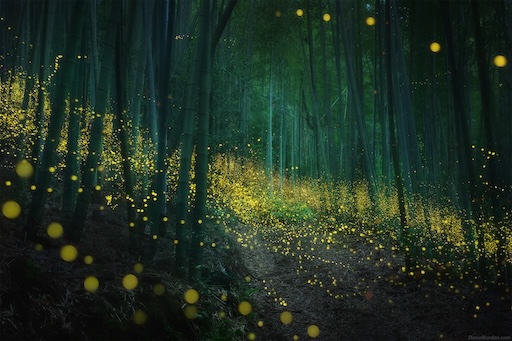 Firefly Phenomenon (Hotaru Season) – Magical Nights in Japan
Firefly Phenomenon (Hotaru Season) – Magical Nights in Japan
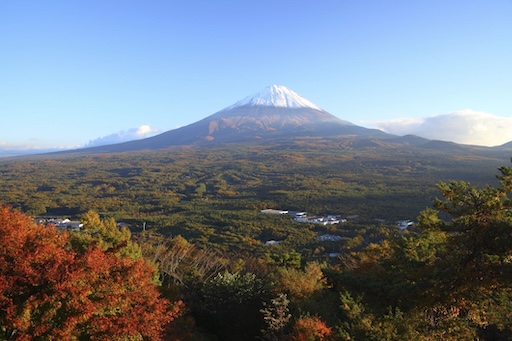 Aokigahara Forest – The Magnetic Silence of Mount Fuji’s Lava Woods
Aokigahara Forest – The Magnetic Silence of Mount Fuji’s Lava Woods
 The Sacred Corn Festivals – When Maize Becomes a God
The Sacred Corn Festivals – When Maize Becomes a God
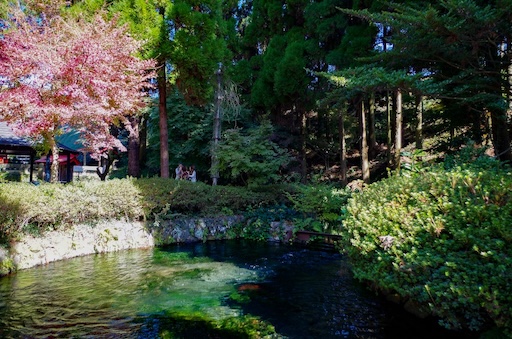 Shirakawa Suigen – Kumamoto
Shirakawa Suigen – Kumamoto
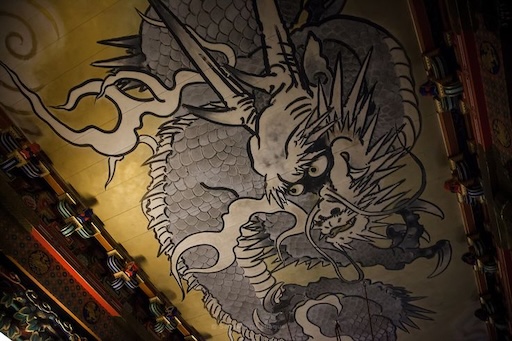 Nikko’s Crying Dragon – Tochigi
Nikko’s Crying Dragon – Tochigi
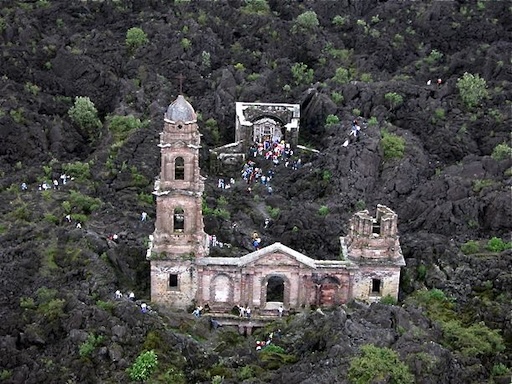 Paricutín Volcano – The Volcano That Was Born in a Cornfield
Paricutín Volcano – The Volcano That Was Born in a Cornfield
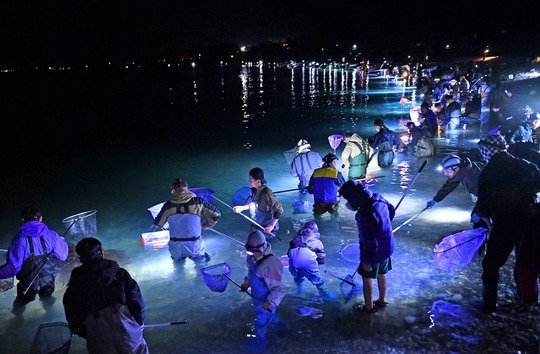 Bioluminescent Firefly Squid (Hotaru Ika) – Toyama Bay
Bioluminescent Firefly Squid (Hotaru Ika) – Toyama Bay